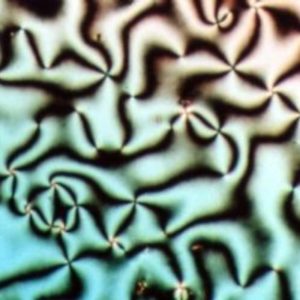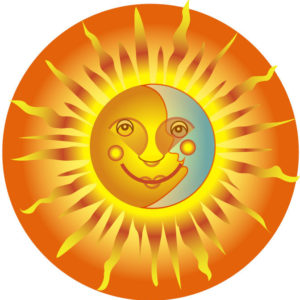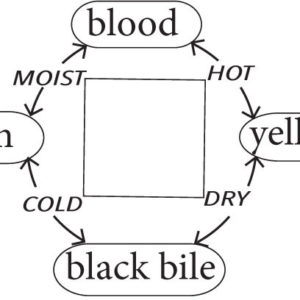Body Health
An understanding of cellular communication based on light waves is used to develop a healing gem gel for counteracting the clouds of microwaves generated by our modern technology.
Read MoreLiposomes can trap both hydrophobic and hydrophilic substances and unstable compounds (for example, antimicrobials, antioxidants, flavors and bioactive elements). Proteins creating transport channels across phospholipid membranes, mitochondrial and chloroplast inner membranes require more proteins for transport. (Egg yolks have proteins as well as lipids. Egg lecithin is useful for production of liposomes it produces more…
Read More[Republished from Journal of Anthroposophical Medicine (JAM) Vol.10 1993] If one were to approach a professional scientist and challenge the hypothetical method as a flawed premise for good science, one would surely be met with vigorous protest. And, indeed, the protest would be well founded, because the hypothetical method is a well-proven cornerstone of scientific…
Read MoreIn this series by Dennis Klocek, he outlines a different way to look at health science through the temperaments. Part 1: Phase Theory and Element Theory In the first video, he compares the similarities between the contemporary phase theory of matter (solid, liquid, gas, warmth) and and the older element theory (earth, water, air, fire).…
Read MoreThis gruel is filling to the belly, a good complete source of nutrition during healing, and well tolerated by sensitive digestions. 2 1/2 qts hot, lemon balm, chamomile tea2 1/2 cups oatmeal1 can (13 oz.) light coconut milk1/3 cup slippery elm bark powder1 Tbsp butter1/2 tsp saltyour favorite sweetenerfive sticks of astragalus In a slow…
Read MoreLearn the tricks and tips from Dennis Klocek, master gardener, for how to grow, harvest, and process cabbage into sauerkraut.
Read MoreA tonic drink called swizzle is a fruit vinegar and a bit of honey in water that is thirst quenching and good for the digestion
Read MoreSee our video series on Temperaments and Health here. In alchemy the levity/ gravity polarity is known as the sun and moon. The levity side of an alchemical mandala is linked to the force of the sun. The solar force is Avicenna’s principle of innate heat. It is also the principle behind Rudolf Steiner connecting…
Read MoreSee our video series on Temperaments and Health here. Moist chemically complex phlegm transforms to blood through temperamental heat. This heart action changes phlegm into living interactive tissue. “Cold” blood is available for limited applications. “Warm” heart blood is accepted by all parts of the body, at all levels. Science recognizes oxygenated arterial blood from…
Read More

